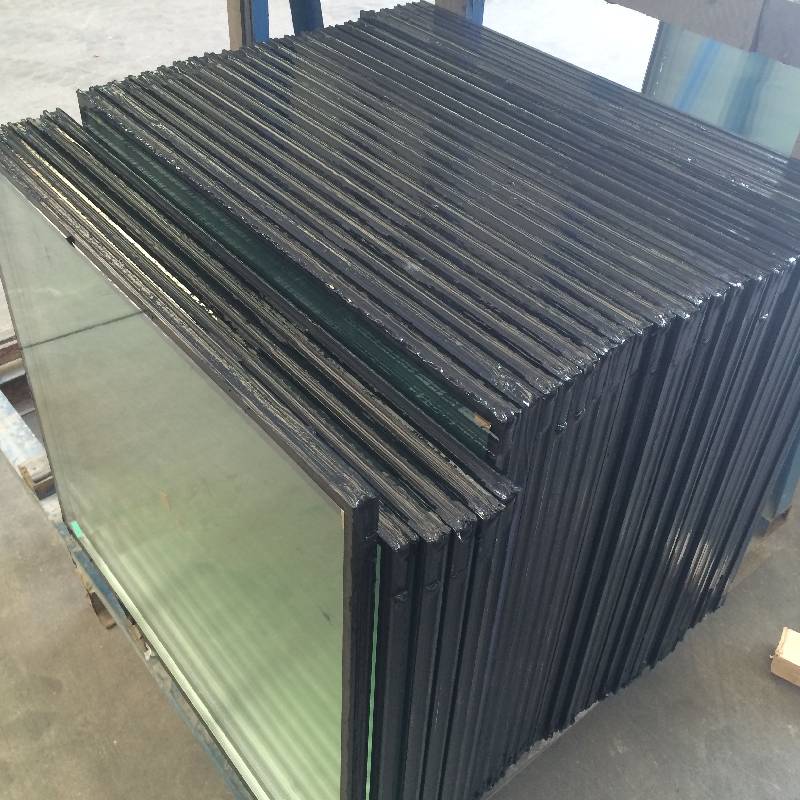

Low-e double glass, or low-emissivity double glazing, has become an increasingly popular choice in modern building design due to its impressive energy efficiency and performance characteristics. This advanced glazing technology effectively combines aesthetic appeal with practical benefits, making it an ideal option for both residential and commercial properties.
The primary function of low-e double glazing is to enhance thermal insulation. The 'low-e' coating applied to the glass reflects infrared energy while allowing visible light to pass through. This unique property helps maintain a comfortable indoor temperature by minimizing heat transfer between the interior and exterior environments. In winter, low-e glass retains heat within the building, reducing the need for excessive heating and leading to significant energy savings. Conversely, during the summer, it reflects unwanted solar heat away from the interior, thus decreasing the reliance on air conditioning systems.
In addition to energy efficiency, low-e double glazing also offers enhanced comfort. By minimizing drafts and temperature fluctuations, it creates a more stable and pleasant indoor environment. Furthermore, this type of glazing helps reduce condensation on windows, which not only improves visibility but also minimizes the risk of mold growth, contributing to better indoor air quality.

Another significant advantage of low-e double glass is its ability to reduce UV radiation. The low-e coating effectively blocks a considerable portion of harmful ultraviolet rays, protecting furnishings, artwork, and flooring from fading. This feature not only extends the life of interior items but also contributes to the overall aesthetic quality of indoor spaces.
When considering noise reduction, low-e double glazing can be an effective barrier against external sounds, making living and working environments more peaceful. Its dual layers of glass create an insulating effect that dampens noise, adding to the overall comfort of the space.
In conclusion, low-e double glass presents a smart investment for anyone looking to enhance their building's energy efficiency, comfort, and aesthetic appeal. With its combination of thermal insulation, UV protection, and noise reduction capabilities, it's a valuable addition to any modern architecture, reflecting the growing emphasis on sustainability and quality of life in our living and working environments.